Nagpur Metro is the first in the country to enter into an MoU with IIT Kanpur for cybersecurity. More than half of its energy requirements are planned to be met with renewable sources. Mahesh Moroney, Jt. General Manager (Civil-MMI), MahaMetro, Nagpur, in an exclusive conversation with Nisha Samant, Associate Editor, APAC Media & CXO Media, outlines these and the overall roadmap for Nagpur Metro in the coming years.
What are the biggest operational challenges you currently face in running Nagpur metro, and how do you plan to scale capacity (e.g. more trains, increased frequency) to meet visiting commuters’ demand?
According to me, financial sustainability is the core issue. Low farebox revenue than expected, insufficient non-fare revenue streams and critical gaps in first and last mile connectivity are the major challenges.
It must be understood that metro, in itself, is not a “Complete Transit System” unless it is supplemented by equally green, safe, reliable, efficient, accessible, sustainable, affordable and commuter-friendly first and last connectivity. With different organisations operating city bus service and metro rail service, the problem of coordination becomes a concern when it is of paramount importance that both the public transit systems are complementary and not competitive with each other.
MahaMetro has a very good coordination with Nagpur Municipal Corporation (which runs City Bus Service) and hence, with their cooperation, MahaMetro could rationalise some city bus routes and also start new feeder routes to the metro corridor with a win-win situation for both the organisations.
Taking into account the economics of each organisation, of course, there are some limitations also for this. On this background, the existence of an authority like UMTA, a statutory body which would be responsible for effective coordination among transport agencies and managing of an Urban Transport Fund (UTF), cannot be overstated.
Presently, the metro trains are running with a frequency of 5 minutes in peak hours and 10 – 15 minutes in non–peak hours with availability of service from 6 am to 10 pm.
In Nagpur phase I of metro with two lines – Aqua (East – West) and Orange line (North – South) – with a length of 38 km and 37 stations become fully operational from December 2022 and Phase II work extension of phase I in all four directions with a length of @ 43 km with 32 stations is in full swing and will be complete by the end of 2027. Phase II will connect the peripheral area and satellite towns and Asia’s biggest Butibori Industrial area with Nagpur by Metro.
Given that Maha Metro has signed an MoU win IIT Kanpur to boost cyber security across critical systems (OCC, signalling, fare collection etc), how do you intend to integrate these cyber–defence protocols into daily operations without disrupting service or passenger experience?
Given the increasing use of modern technologies in metro operations, cybersecurity is of paramount importance and MahaMetro cannot even think of any compromise with it, and it is aligning with the organisation’s safety goals.
In fact, it is a matter of pride that Nagpur Metro is the first in the country to enter into an MoU with a very prestigious Institution like IIT for the aspect of Cyber Security and this alliance sets the example of Industry-Academia partnerships in addressing growing threats.
For all the key systems in Urban Transport, like automatic fare collection, real-time monitoring of trains, it is heavily dependent on the integrated digital platforms and cyber-attacks, if they happen, on the system cause operational inefficiency, resulting in compromise with the safety of passengers. MahaMetro is pro – proactively trying to find solutions to eradicate these threats and with this MoU, it is liable to be considered as the leader in safeguarding mobility.
What are the next phases or route expansions planned for Nagpur metro under your leadership? How will you prioritise which corridors or zones to serve next?
The whole team of MahaMetro has been working under the dynamic leadership of our Hon’ble Managing Director. I am looking after Multimodal Integration for the Nagpur Project and a very small officer.
As already mentioned, Phase I of the Nagpur Project, with a 38 km network and 37 stations, has been operational since December 22. The work of phase II, extension of phase I in all four directions, is also in full swing. This phase is very important because it will connect the peripheral area and satellite towns and industrial hubs like Kamptee and Butibori with the city of Nagpur by metro.
This will benefit over a million people residing in these areas who commute for work and education. This will also boost economic activity because of direct connectivity to Butibori Industrial Estate, Khapri and other Industrial zones and access to the metropolitan area, resulting in reduced travel time, ease of congestion, improvement in safety and enhancing last-mile connectivity.
It will provide crucial last-mile connectivity in growing suburban and industrial areas ( which is a key goal of urban transport policy), an increase in ridership to a large extent, a positive impact on the property prices in the newly connected areas and a contribution to a greener city.
Metro system offers eco-friendly transport alternatives. What steps is Maha Metro taking (or planning) to reduce carbon footprint, manage energy use (example regenerative braking, solar installation) and ensure environmental sustainability?
Nagpur Metro is one of the green metros in the country. Out of 37 stations in the completed and operational phase-1, 24 stations are already equipped with solar panels and at 60-65% of the energy needs of each such station is met through the Solar System. Because of some regulatory issues, the work of installation of solar panels on the remaining stations is balanced and likely to be completed within 6 months. The goal of Maha Metro is to satisfy 50% of the total energy demand through renewable sources, mainly solar, after installation on all stations is complete.
24 metro stations and the Metro Bhawan (Head office building of Maha Metro) have been certified by the Indian Green Building Council (IGBC) with Platinum Rating. “Metro Bhawan” has been adjudged as the greenest building in Nagpur.
Nagpur Metro uses regenerative braking technology, and this is a key component of the metro’s overall energy efficiency strategy, which includes using VVVF (Variable Voltage, Variable Frequency) control systems and has contributed to its efforts to secure carbon credits for its sustainable operations. About 31% of the total traction power is generated through the Regenerative Braking System.
How do you engage with local communities, Municipal bodies, and commuters in decision-making or feedback cycles? Are there mechanisms in place to integrate public input into design, service changes or last-mile connectivity?
Maha Métro’s Multimodal Integration Department, in coordination with the Corporate Communication Department, carries out “Metro Samwad”, a public outreach program, in various educational, industrial, healthcare and other organisations, including NGOs, RWAs, etc.
In “Metro Samwad” information about the present status of climate crisis, contribution of the transport sector to air pollution, effects of air pollution on physical and mental health, how dangerous is pm 2.5 for physical and mental health which affects every organ of the body from brain to feet, deaths due to air pollution, road accidents, etc., followed by the importance of green transport on this background is presented through PPT.
The main aim of Metro Samwad is to obtain first-hand information about the pain points for using Metro in particular and Public Transport in general. For that, Maha Metro has designed a Google form and the same is circulated. Information about origin-destination, nearest bus stop, nearest metro station, present mode of transport, difficulties in using public transport etc, is obtained in detail and suitable action is taken by Maha Metro. This metro Samwad mechanism is lauded by ADB team and ADB Members have accompanied our team for 2 such events. Nagpur Municipal Corporation’s transport department is also involved in each Metro samwad.
From the information gathered through metro samwad, we could rationalise 9 bus routes, could start 10 new feeder routes. I take pride in mentioning here that in coordination with NMC we could start 10 e-buses exclusively for the MIHAN SEZ area, where IT giants like TCS, Infosys, HCL, Tech Mahindra and other companies like AAR-Indemar, Air India MRO, Dassault Reliance operate, 2 E-Buses exclusively for AIIMS from Khapri Metro Station which is the terminal station on Southern side, we could start special feeder E-Bus service from eastern terminal station called Prajapati Nagar Metro Station for Symbiosis International University, from Kasturchand Park metro station to Ramdevbaba University, could connect Sitabuldi main interchange Metro Station with Main Inter City bus terminus called Ganeshpeth Bus Stand and with Government Medical College & Hospital (Asia’s Biggest Medical College) through feeder bus service. The timings of the bus service from metro stations are set in sync with the shift timings of the companies in MIHAN and also the respective educational institutions.
We have formed WhatsApp groups with the station controller as an administrator and have commuters’ community leaders, corporators, influencers as the members and through this, we get information about the quality of service and improvement needed and necessary action is taken accordingly.
Of course, MahaMetro reaches stakeholders through social media (Facebook, Twitter, Instagram, etc.) and Maha Metro’s Facebook page is the one visited by the highest number of social media users. In addition to this, the mediums like FM Radio, TV Channels, Press Releases are used to update people about the project details and important communications regarding service etc.
This proactive approach of Maha Metro has been showcasing the rising trend in ridership ship which has gone from daily average of @70,000 in 2023 to @1,25,000 and we are confident that this will go to increase.
In phase 2, the metro is expected to add 44 km and 32 new stations. What are the biggest bottlenecks you foresee (Land Acquisition, Funding, Coordination), and what mitigations do you have in place?
Nagpur Metro project is with an elevated viaduct, and the alignment is mainly through the median of the roads. Hence, there are no major barriers.
For stations, some problems related to land acquisition, compensation have cropped in, but MahaMetro shall successfully resolve the issues.
Regarding underground utilities, the identification of the same was done in cooperation with the respective Panchayat Samiti, Gram Panchayat, Nagar Parishad, etc. and the necessary shifting, relocation of the same is being done.
The work of the second phase is going on in full swing and will be completed in all respects as per schedule by the end of 2027.


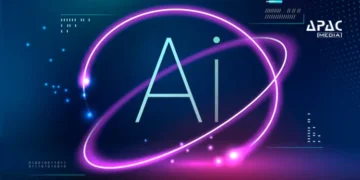
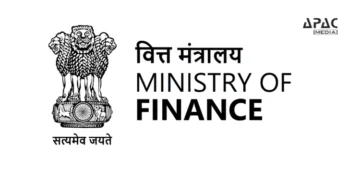

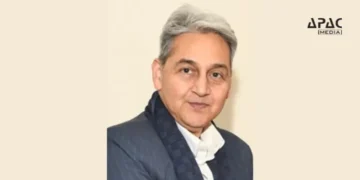

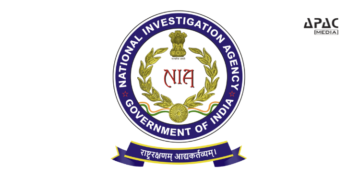








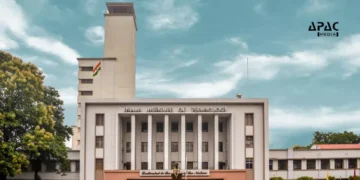





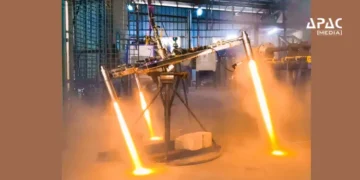

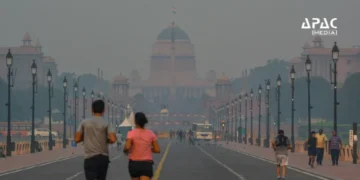


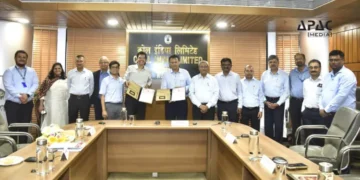
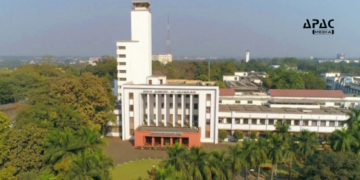
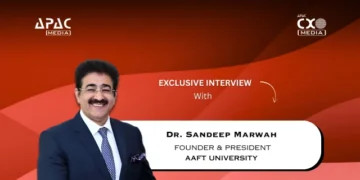
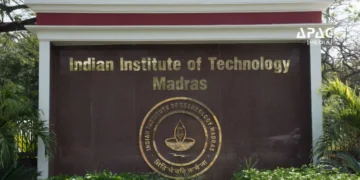
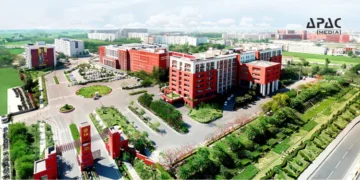
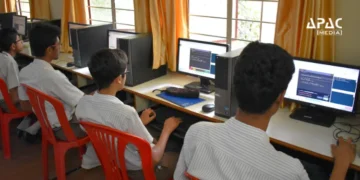
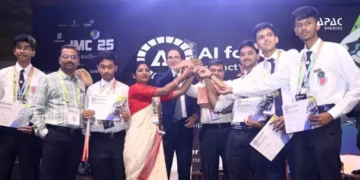



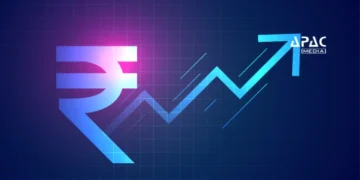


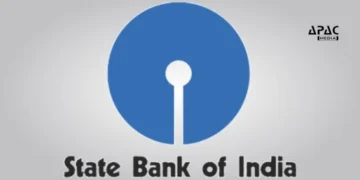



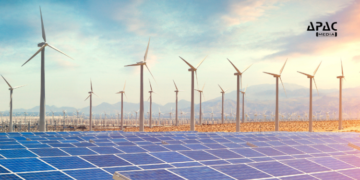


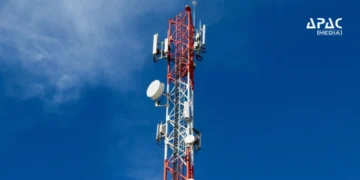





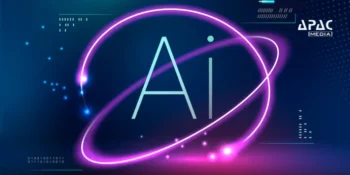
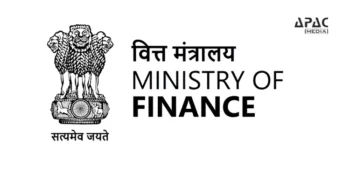

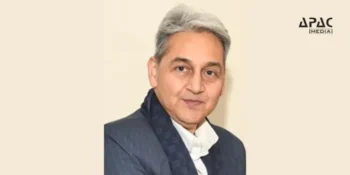








Discussion about this post